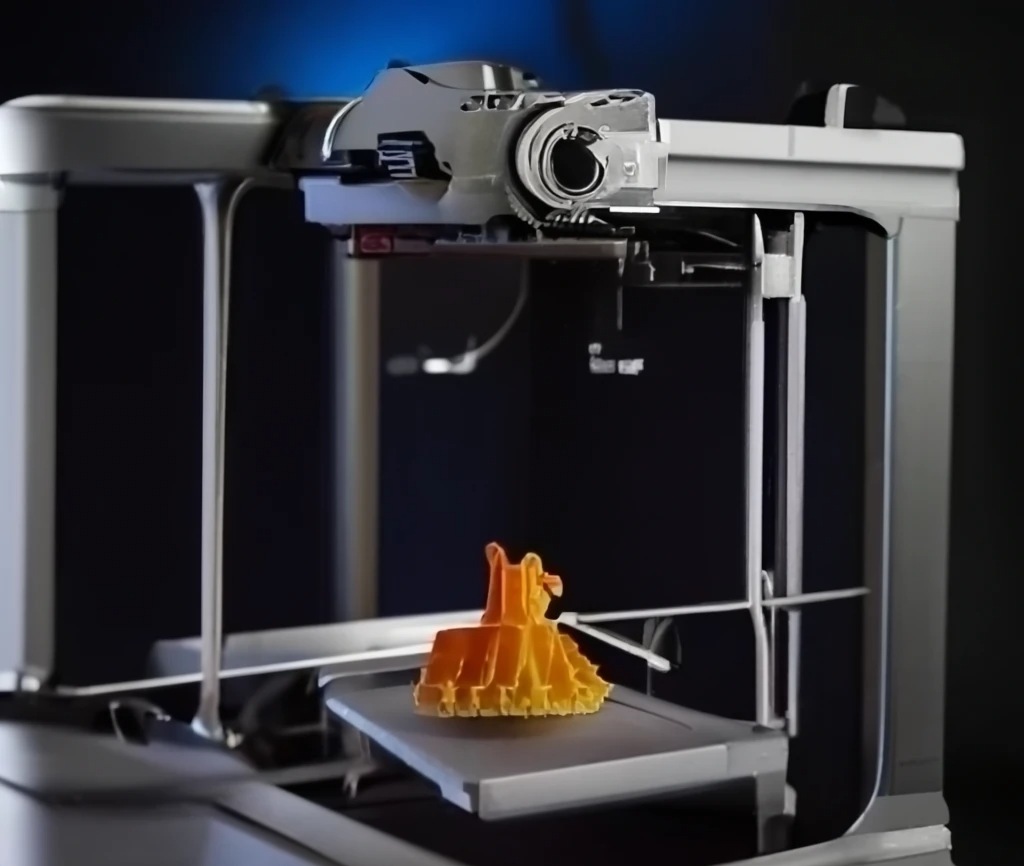It’s a common misconception that our bodies are perfectly symmetrical. In reality, most people have a dominant side that is stronger and more coordinated. This is evident in everyday activities like writing or brushing your teeth. Although our bodies might look symmetrical, only about 1% of the population is truly ambidextrous.
However, problems arise when this natural sidedness becomes excessive. When the dominant side starts to bear an overly heavy load, issues like pain, weakness, and overuse injuries can occur. This imbalance can lead to a chain reaction, affecting other parts of the body. The good news is, with awareness and targeted exercises, these imbalances can be corrected, allowing you to enjoy your natural asymmetry without pain.

Physical demands of certain careers can exacerbate side dominance. Most of us know that we are right or left handed, but we may not realize how much we rely on that side. Mothers typically carry their toddlers on their dominant side, for instance; workers in an office favor one hand over the other and typically do more tasks with the dominant hand.
To address these imbalances, awareness is key. Simple changes in daily activities can make a significant difference. For example, alternating the shoulder you carry your bag on, or the hip you carry your child on, can help. However, some activities, like writing or swinging a golf club, can’t easily be changed. In these cases, a regular fitness routine that includes balance-restoring exercises is vital.
Unilateral training, focusing on one side of the body at a time, is highly effective in promoting symmetry. This approach helps correct and prevent imbalances by ensuring equal effort on both sides. Dumbbells are excellent for unilateral training, as they require each limb to work independently, highlighting and correcting any strength discrepancies.
Most of us don’t need to do exercises that are specifically focused on one side or the other. However, having an awareness that you favor one side and a desire to use the other side periodically is very important. Similarly, should you start to notice that you favor one side to the detriment of the other, there are exercises you can do and ways you can focus to realign both sides for optimal strength.





